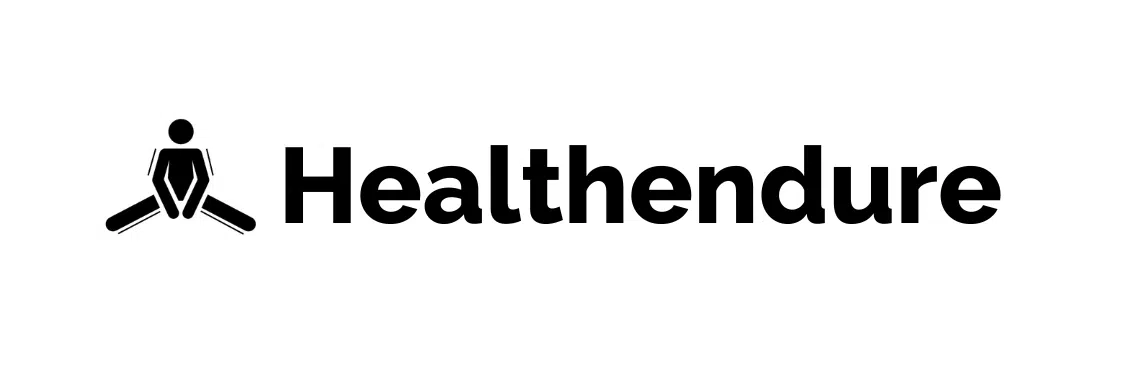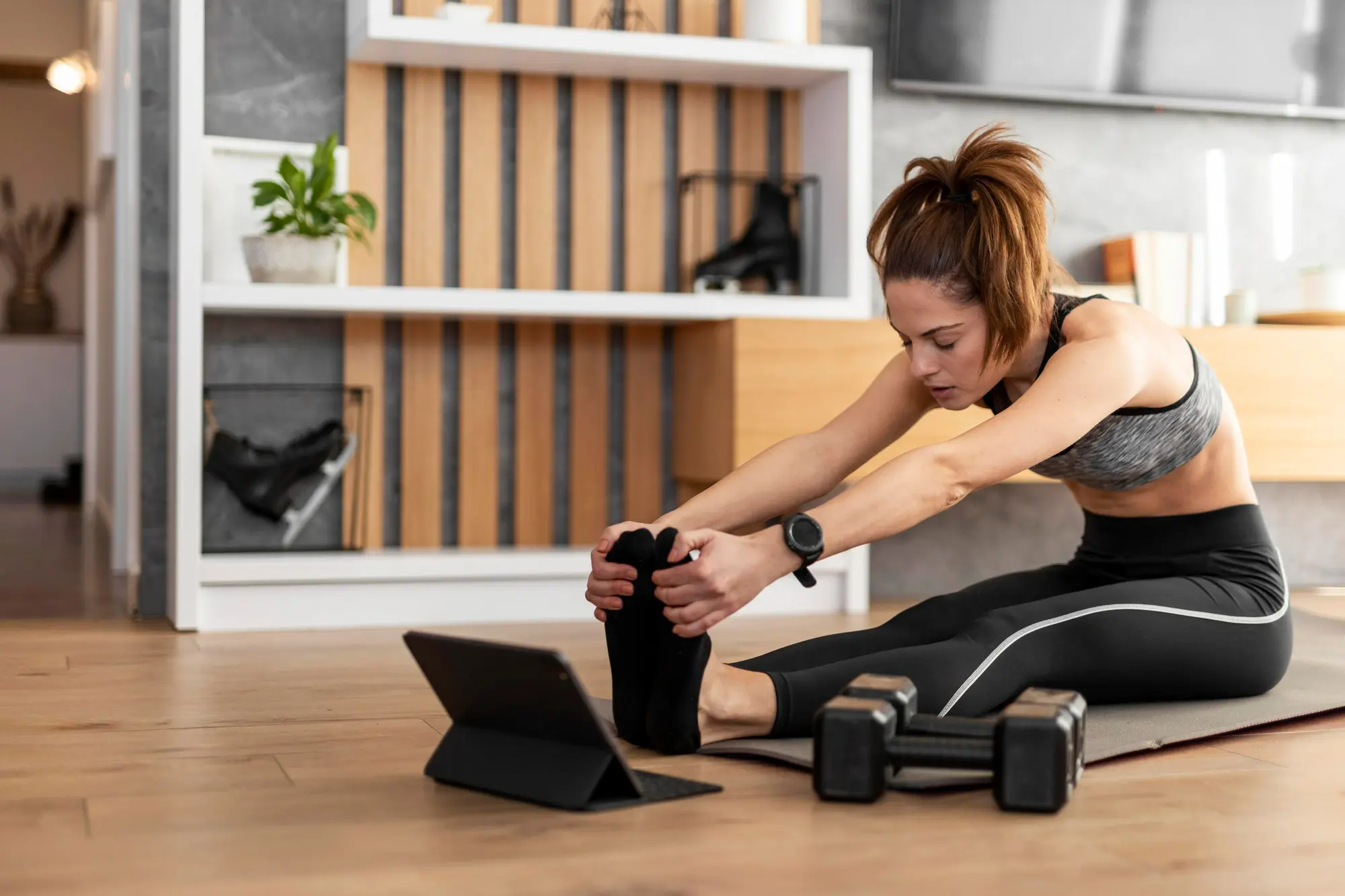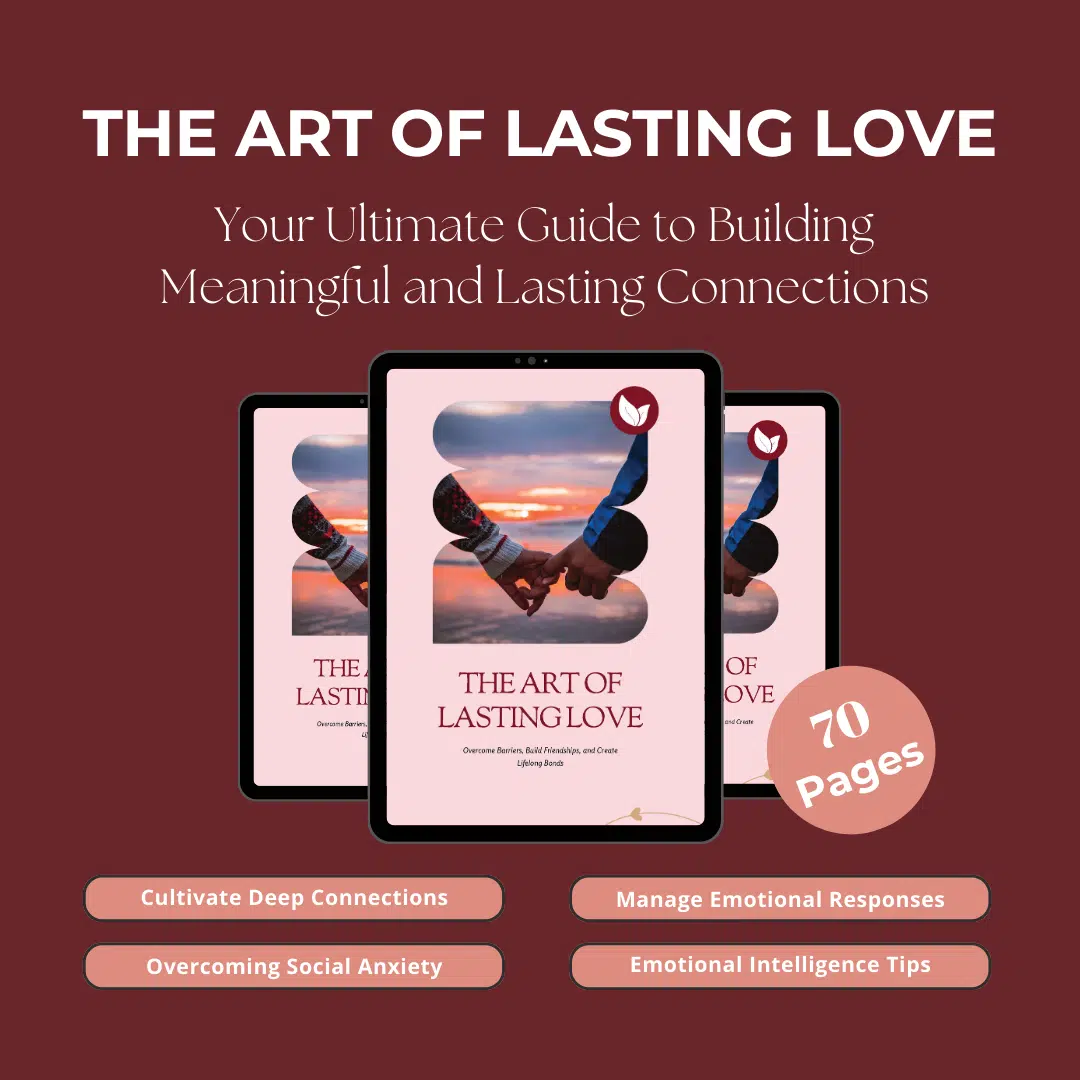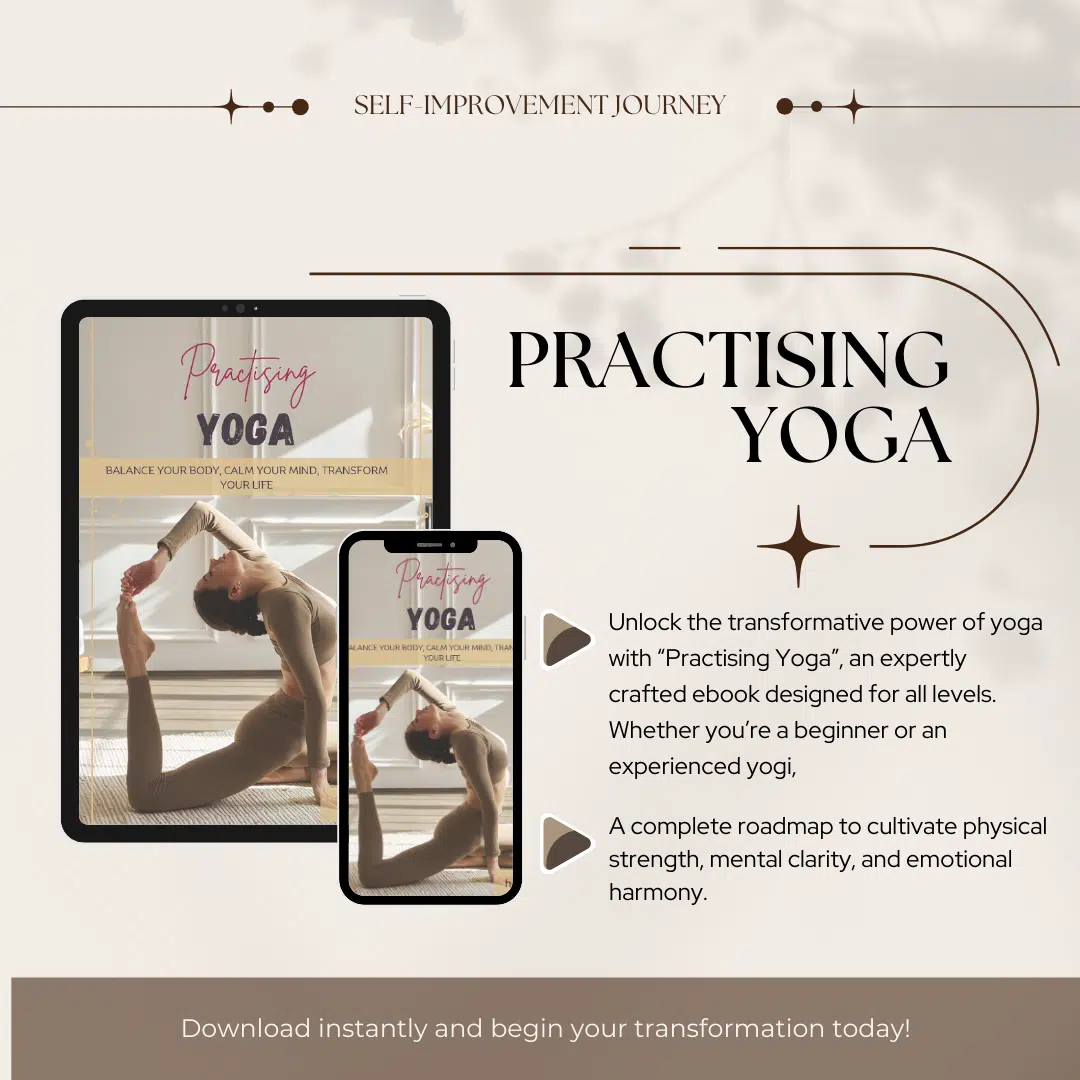Forget about six-pack fads and fleeting trends—planks are your secret weapon for unlocking core strength, sculpting a toned body, and torching calories for rapid weight loss. However, many beginners ask, “How do I start a plank workout?” Don’t worry, future fitness warriors! This planks for beginners guide will help you turn this simple movement into a powerful tool for total-body transformation.
Planks are a core-strength powerhouse, engaging your abs, back, and glutes for superior stability and strength. Say goodbye to poor posture—planks are posture-correcting champions, pulling your shoulders back and aligning your spine for a pain-free back and a more confident stance. Beyond improving posture, planks are also calorie-burning machines, activating multiple muscle groups to boost metabolism and turn your body into a fat-burning furnace, even at rest.
One of the biggest plank exercise benefits is the variety it offers. There are numerous types of plank exercises, from traditional planks to side planks, each targeting different muscle groups to enhance your workout. For beginners, a modified plank helps ease into the routine while still building strength and stability. Meanwhile, more advanced plank exercises for abs offer a deeper core challenge, making this versatile exercise a staple for all fitness levels.
The Benefits of Planks: More Than Just a Core Workout
Plank exercises go beyond targeting your core—they engage your entire body, helping you improve posture and strengthen your back. One of the key benefits of planks is that they enhance your ability to perform everyday tasks with ease, boosting your overall functionality. For athletes, planks provide a solid foundation for increased stability and strength, which can significantly improve sports performance.
This study confirmed that high to very-high-intensity plank exercises can significantly enhance both immunocyte function and physical fitness in healthy men.
How to Plank Correctly for Maximum Benefits
Understanding how to plank with the right form is essential to reap its full benefits. Proper plank form involves keeping your body in a straight line, with your shoulders aligned over your elbows, core engaged, and hips level. Maintaining this alignment ensures you’re targeting the right muscles and avoiding strain on your lower back.
Busting the Myth of Beginner Plank Exercises
Imagine yourself face down, supporting your body weight on your forearms and toes. This is full-body engagement at its finest, demanding a strong core to stabilize your spine, align your shoulders, and keep your hips level. But planks aren’t limited to the classic pose! You can challenge your obliques with side planking exercises, ramp up the intensity with high plank workouts, or add leg raises to increase the difficulty.
The real beauty of planks is their accessibility. Start with just 10-second holds, then gradually work up to 30 seconds or more as your core strengthens. Remember, proper form is essential: engage your core, take deep breaths, and never hold your breath!
Embrace the plank workout, and you’ll unlock more than just sculpted abs. It’s a tool for building a stronger, healthier, and more confident version of yourself. Say goodbye to back pain, improve your posture, and ignite your metabolism with this simple yet effective exercise.
The Power of Plank Workouts: Sculpt Your Core and Burn Fat Fast
Forget fleeting fads and complicated equipment—the plank workout is your go-to exercise for rapid weight loss and full-body strength. This simple yet powerful movement engages multiple muscle groups, turning your body into a fat-burning furnace.
What Muscles Do Planks Target?
Planks go beyond sculpting six-pack abs. They target a range of muscles that contribute to overall stability, strength, and posture:
- Rectus Abdominis (Six-Pack Muscle): Responsible for holding your body in a rigid plank position.
- Transverse Abdominis: The deep core muscle that provides crucial stability and spinal support.
- Obliques: These side muscles help maintain rotational control and posture.
- Deltoids and Arms: Keep your shoulders and upper body steady, preventing hunching.
- Glutes and Quads: Engage to maintain leg alignment and hip stability.
Why Planks Are Essential for Rapid Weight Loss
Planks don’t just build strength—they also torch calories and boost your metabolism:
- Core Crusher: By activating your core, back, and glutes, planks work like no other exercise to increase metabolism and burn calories even after your workout.
- Calorie Torching: Planks engage multiple muscle groups at once, demanding more energy and resulting in greater calorie burn.
- Posture Improvement: A strong core improves your posture, making you appear taller and leaner. Better posture also reduces back pain and enhances confidence, according to research from the American Council on Exercise (ACE).
Additional Full-Body Benefits of Plank Workouts
- Reduced Back Pain: Strengthening your core provides support for your spine, alleviating discomfort.
- Increased Metabolism: Holding a plank engages various muscles, enhancing your metabolic rate for better fat-burning.
- Enhanced Sports Performance: A strong core improves stability and endurance, which translates into better performance in sports and daily activities.
This 2021 study supports that plank workouts are effective for strength building, low back pain reduction, and injury prevention. Whether you’re just starting or looking for a challenge, plank exercises are versatile, making them an essential part of any fitness routine. planks, making it easy for beginners to understand the exercise’s benefits.
Incorporate Beginner Plank Exercises Into Your Routine for Maximum Results
Spice up your routine with the almighty plank pose! This simple yet powerful exercise not only sculpts your core but also boosts metabolism and relieves back pain. The planking benefits extend beyond just toning your abs—planks improve posture, enhance stability, and strengthen your back.
For those new to fitness, a plank challenge for beginners is a great way to kickstart your journey. Planks require no equipment and minimal space, making them perfect for any fitness level. Whether you’re a seasoned athlete or just starting, there’s a plank variation to fit your needs and help you progress.
- Strength Training: Add planks to your strength routine alongside squats, lunges, or push-ups for a full-body workout.
- HIIT Workouts: Boost your heart rate with plank variations like high planks or side plank exercise during HIIT intervals.
- Yoga Flow: Seamlessly move from downward-facing dog to plank, combining core strength with flexibility.
- Cardio Finishers: End your cardio session with a plank circuit to burn extra calories and give your core a fiery finish.
Tips for Plank Success:
- Start Small, Dream Big: Begin with shorter holds and gradually increase duration as your core strengthens.
- Form First: Keep your body aligned, hips level, and core engaged to avoid injury and maximize results.
- Mix It Up: Try different plank variations—side planks, high planks, or leg raises—to engage different muscle groups.
Supercharge Your Core with Medicine Ball Planks
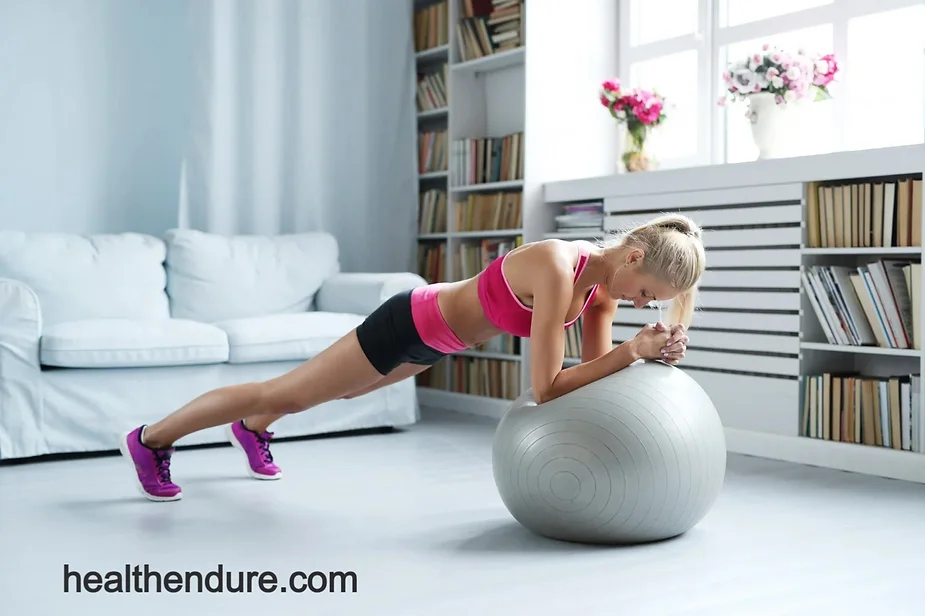
Taking on a planking exercise challenge is a great way to build core strength, improve endurance, and track your progress over time. If you’re ready to level up your plank game, medicine ball planks are the ultimate challenge! This variation adds an element of instability, forcing your core to work harder for greater strength and balance.
Master the Wobble
- Ballsy Base: Place the medicine ball under your forearms with your body in a plank position, feet hip-width apart.
- Lift Off: Engage your core, extend your arms, and raise your body off the floor, forming a straight line from head to toe.
- Hold Steady: Breathe deeply and maintain alignment, embracing the wobble as your core works overtime.
Level Up the Challenge
- Twist and Shout: Add a dynamic twist by rotating your torso upward on one side, then switch sides for an intense core burn.
- TRX Tandem: Use a TRX band in one hand and place your other hand on the medicine ball for an extra balance challenge.
The Knee Plank Exercise: A Dynamic Core Sculptor for Beginners
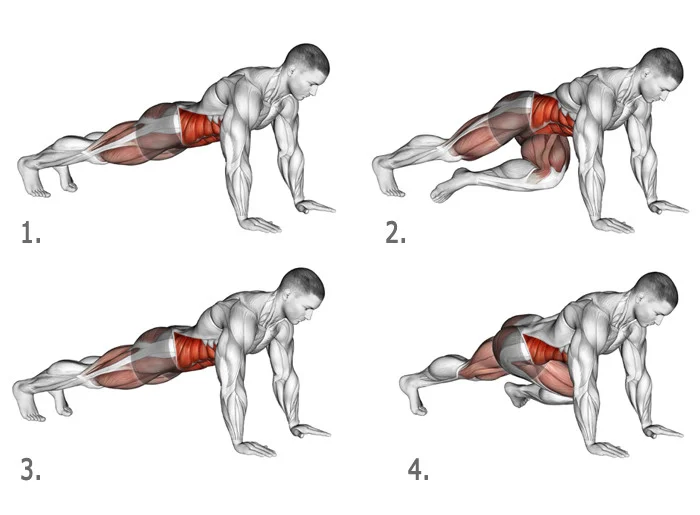
Looking to level up your core workout? The knee plank exercise is a great way to target your core while engaging your legs for a more comprehensive workout. This variation is perfect for those seeking a more accessible introduction to planks. As part of a planking exercise for beginners, it allows you to build core strength gradually while maintaining proper form.
By incorporating the knee plank exercise into your routine, you’ll activate not only your abs but also your legs, providing a dynamic, full-body workout. Perfect for beginners, this move helps you work up to more advanced plank variations while still reaping the benefits of core stability and strength.
Master the Move
- Plank Power Base: Start in a high plank position with hands shoulder-width apart and core engaged.
- Knee Up!: Lift one knee toward your elbow or, for an advanced challenge, aim toward your forehead.
- Control is Key: Maintain perfect form, ensuring your core does the work while keeping your hips steady.
- Switch Sides: Repeat the move with the opposite leg for a balanced burn across your entire core.
Why the Knee-Raise Plank Rocks
- Dynamic Core Activation: The knee-raise adds movement, challenging your core and improving balance in one powerful move.
- Beginner-Friendly: A perfect introduction to dynamic planks, this move strengthens the core while being accessible to all.
- Wrist-Friendly: Ideal for those with wrist issues, as it takes the pressure off while still providing a challenging workout.
Make Your Planks More Challenging With a Push-up
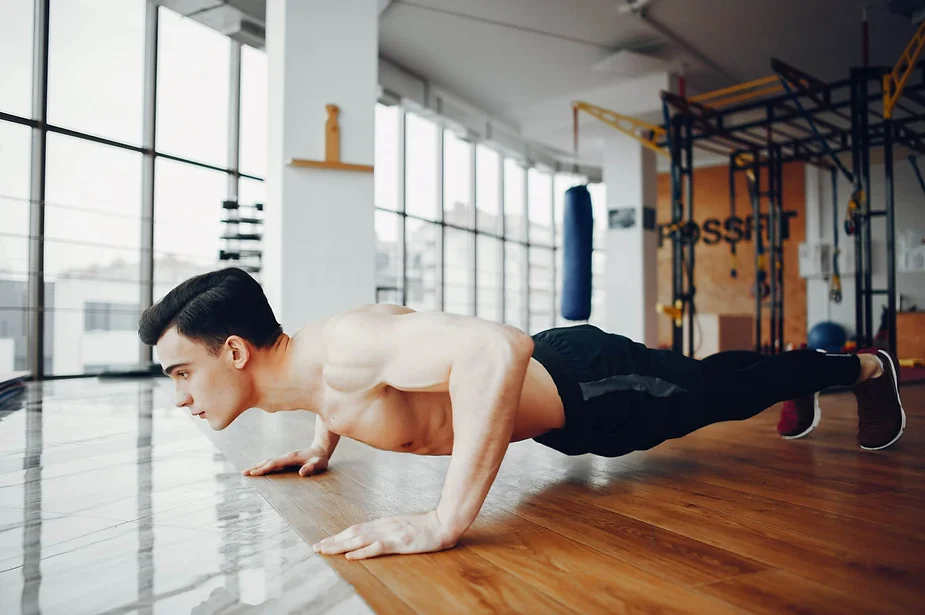
Looking to intensify your core routine? Combine planks with push-ups to maximize results. This fusion targets various plank muscles worked, including your abs, shoulders, chest, and glutes, for a full-body challenge. Incorporating plank exercises for abs with push-ups not only builds strength but also enhances endurance and core stability, making it a powerful addition to your workout routine. Strengthen your entire body while sculpting a strong core and improving overall fitness with this dynamic combo.
How to Master Plank-Push-Ups:
- Start in a plank position with your feet together and hands beneath your shoulders.
- Lower yourself towards the floor while engaging your core and maintaining proper form.
- Push yourself back to the plank position and repeat for a full-body, core-blasting workout.
This modified plank-push-up exercise caters to all fitness levels, providing an inclusive and effective way to strengthen your core while mixing up your routine.
How Many Calories Does Plank Exercise Burn
The number of calories burned during a plank exercise depends on factors like your weight, fitness level, and duration. On average, a person weighing around 150 pounds can burn about 2 to 5 calories per minute while holding a plank.
Final words
Planking for beginners is a sort of foundational exercise that focuses on building core strength by holding a straightforward body position, making it an excellent starting point for a stronger and more stable midsection. Incorporating a 5 minute plank exercise into your routine is an efficient way to strengthen your core, boost your metabolism, and enhance overall stability.
It is challenging, but with practice, they can strengthen your core and improve your posture. First, you can do planks as part of your warm-up or as a finisher after your workout routine. You can also mix them with other challenging exercises like squats, lunges, and push-ups. Follow these tips for how to do a plank and how to advance the basic plank. With regular practice, you can expect stronger muscles and less back pain.
